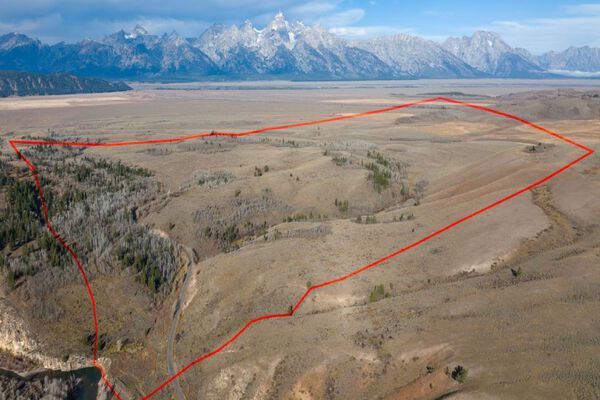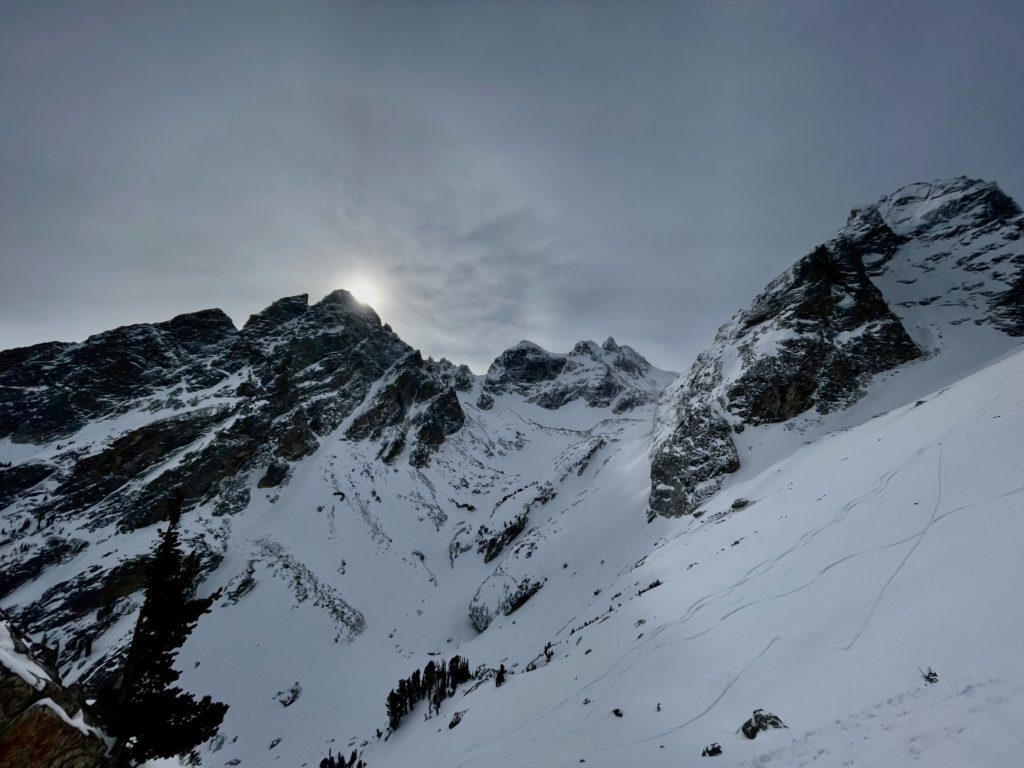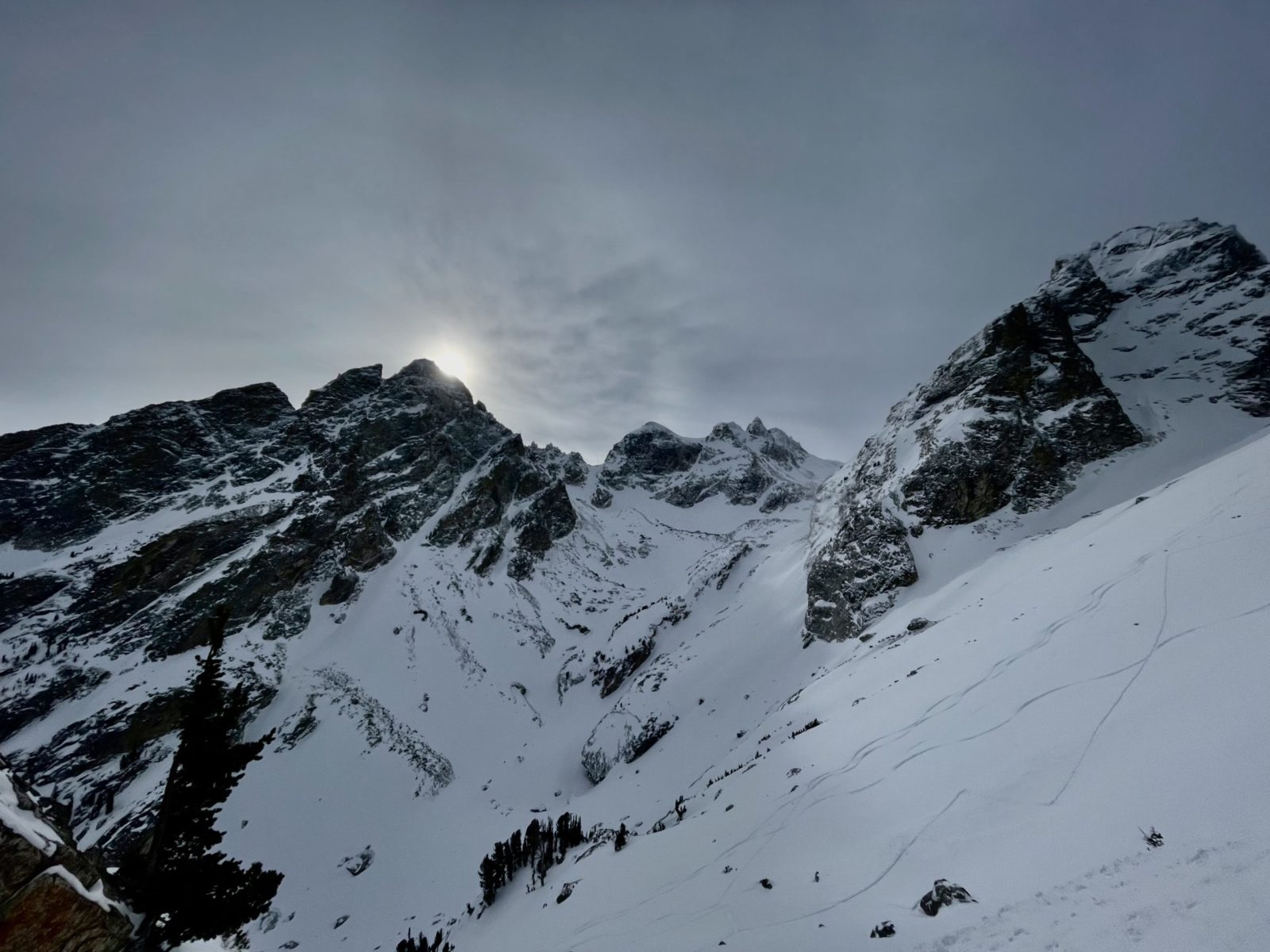
This winter marks the fifth year of Grand Teton National Park’s growing partnership with the Bridger-Teton Avalanche Center (BTAC). With funding from Grand Teton National Park Foundation, the park collaborates with BTAC to expand the resources available to backcountry skiers and riders—providing more information to help users make educated decisions.
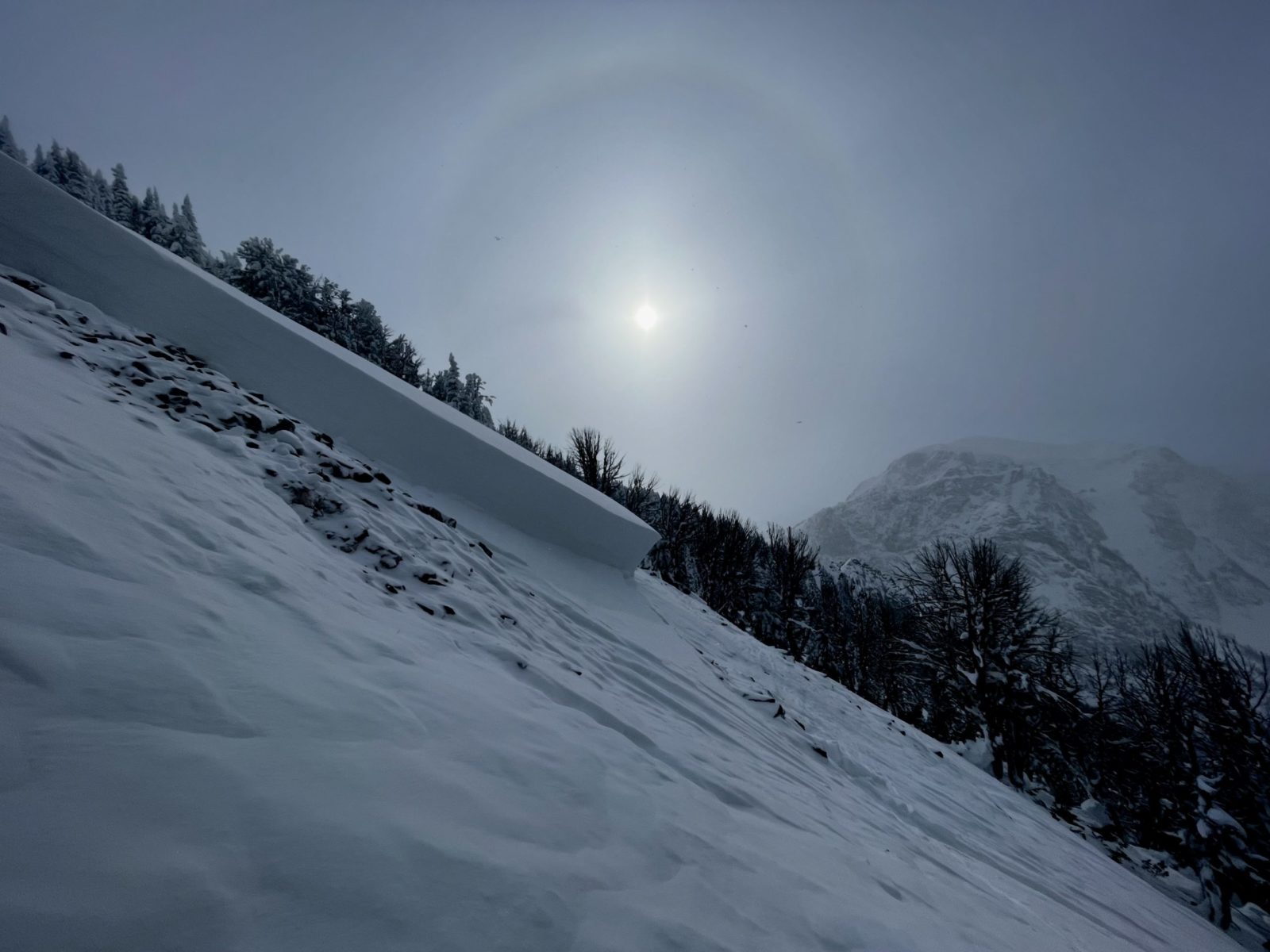
Jackson Knoll is Grand Teton’s meteorological technician, also known as the snow ranger. This is the fifth year the Foundation has funded the position, but Jackson’s first season in the role. He collaborates with BTAC daily and adds park-specific snowpack observations and insights to the raw data collected by Grand Teton’s snow and wind sensors. Prior to this interagency partnership, there was limited information collected from the park that was formally included in BTAC’s forecasting.
After spending many years as a ski patroller at both Grand Targhee and Jackson Hole Mountain Resort, Jackson was eager to take his experience and passion to the backcountry and spend more time digging into Grand Teton’s snowpack (literally). We recently caught up with Jackson to learn more about him and his new job.
Tell us about yourself—where you grew up, where you went to college, and how you landed in the Tetons.
I primarily grew up in Idaho Falls but also spent some time in Los Alamos, NM. I went to college at Montana State University in Bozeman and majored in physics and minored in math. I went to the University of Colorado Boulder for my masters in atmospheric and oceanic sciences. I have always been drawn to the Tetons.
Why did you apply for the meteorological technician position in Grand Teton?
When I found out the position was going to open, I got my application together so that I could potentially spend more time in Grand Teton National Park and spend more time thinking about avalanches.
What does your average day look like on-the-job?
My average day involves some skiing, digging pits in the snow, and maintaining the Surprise weather stations. I issue the daily BTAC avalanche forecast two days a week and submit observations that contribute to the forecast every day.
My favorite thing about the job is spending time outside in Grand Teton National Park. I’ve also learned that communicating avalanche hazards to the public via a written forecast can be challenging, but continuing my practical education of snow and avalanches is very rewarding. It's also nice not having to ski moguls for work anymore!
Why do you think it is important for the park to collaborate with BTAC through your position and weather stations?
Grand Teton makes up a very sizable geographic portion of the Teton mountain range. Without a presence in the park, the avalanche forecast for the Tetons would be less accurate. Also, many people in the backcountry skiing community—both local and visiting—utilize the park because it contains some of the largest and most accessible terrain in the lower forty-eight. It is the perfect backcountry laboratory for studying avalanches.
With a few months left in the season, what are you looking forward to for the remainder of the winter?
I’m looking forward to skiing more powder and exploring some of the deeper regions of the park.
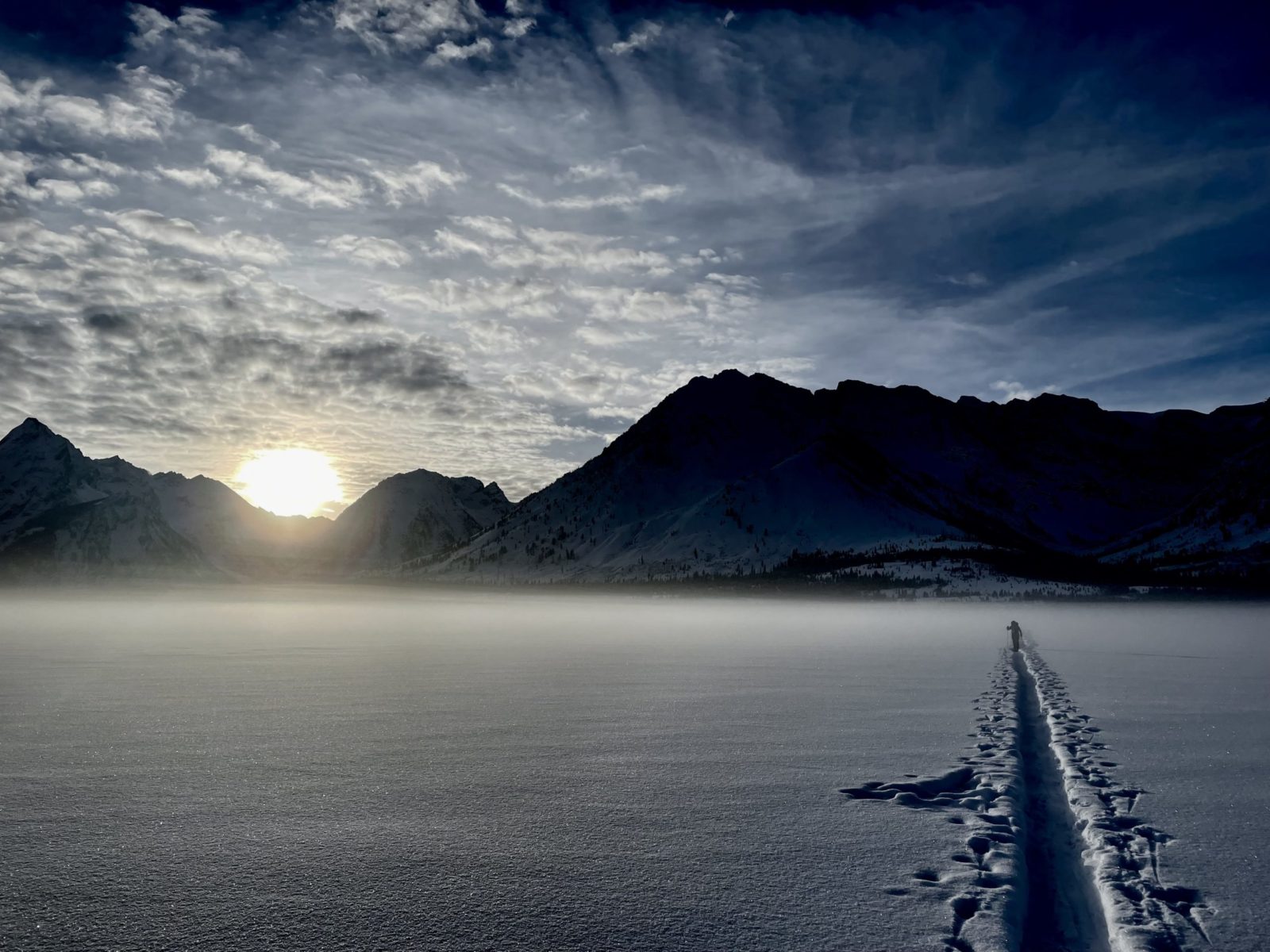
As the interagency partnership continues to grow, BTAC is better supported in their operations. BTAC only employs three seasonal forecasters. With the addition of the park snow ranger, Grand Teton is providing one quarter of the center’s winter seasonal staff. The Foundation is pleased to support this effort and continue advancing the program to increase avalanche awareness and backcountry safety in Grand Teton National Park.
Visit BTAC’s website to find the weekly snowpack discussion, daily forecasts, and current observations. Contact the Foundation at 307-732-0629 to learn more and support this effort today. Thank you!









